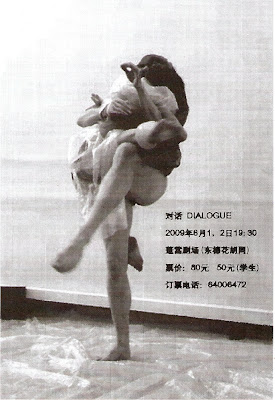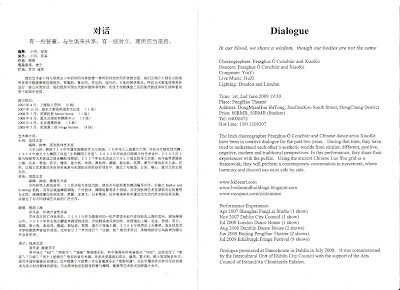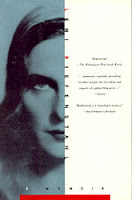
We can talk a lot and give many imagined examples, but it is better to recognize the importance of Antonio González Caballero's Acting Method with examples taken from real life, from the stage and, of course, from our own bodies and mind. We confirm his observations, transformed into "Apoyos" (base of his method), through real documents, observing others and compiling them to better understand what we are doing during our acting with his acting method.
We know there is one important part (out of four) in his acting method called "Super-realism" (Superrealismo, in Spanish) based on Luigi Pirandello's acting propositions and, as a main part of it, the creation of a "super-mask" of the character or personage.
The "Pirandellian super-mask" (Máscara pirandelliana, in Spanish), as González Caballero called it, is the physical transformation of our intimate and unconscious desires, our super-ego, a transformation we want, and we pursue it through whatever means, possible and impossible, during our lives. Our "super-mask" is the ultimate physical result in our bodies and faces of a conscious transformation based on our fantasies, desires and impulses. You are what you desire to be, you are what you have let be.
In that sense many characters became their own ideals in their physical being or, what is more interesting, many characters became what they thought were their ideals and what they could do for their own transformation. Many are lost in their fantasies, many can't manage their time, their environment, their own way of life, and then the dramatic result follows, "the Pirandellian tragedy".
This "super-mask", in González Caballero's words, "becomes the living body of our ideals, good or badly managed", and it has three different degrees of expression to be identified and to be reproduced in our creation on stage: simple, refined and in bruto. The degree depends on the transformation.
Today the death of Michael Jackson at 50 was announced; a famous singer and American pop icon, his life does not matter to me with the exception of a TV internet program that someone decided to prepare about his different faces throughout his life. Of course, the program will talk about his personality and scandals, but what they did was a preparatory video with a short edition of Michael Jackson's faces during his whole life, so we can witness Jackson's transformation in 30 seconds. That's what is important to me and why I'm writing this post!
The transformation of Jackson's face, as you will see in this video presented below, is so far the best visually documented example I've found of the creation of the "Pirandellian super-mask" in a living being: a transformation that goes from Jackson as a child (from a normal or natural child) until he had created his own "in bruto" Pirandellian character.
This is not the transformation that we see as a "normal" one (if there are any) that runs from childhood to maturity, no, what we see is the transformation that goes from reality to fantasy, a mental ideal turning physical. Michael Jackson used whatever means possible to achieve this transformation, and we can see that process. A jewel for any actor!
Transformed by the end of his life into a fantasy character, Mr. Jackson was still a living human being... and he was living his own tragedy, being famous, being weird, being seen as a monster and having intimacy and a family life. The person who uploaded the video in Youtube wrote "is it a human?", and I can answer yes, it is, and that human-personage died today.
the same video in ipernity:












